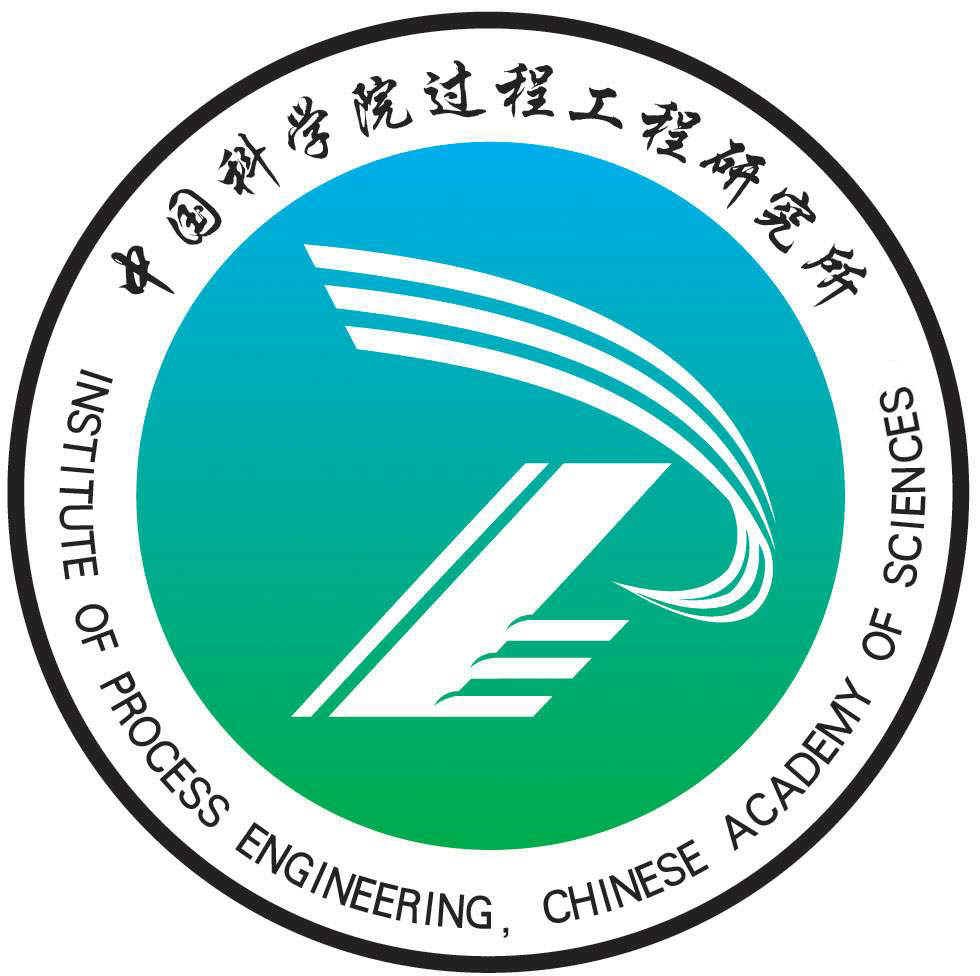https://www.sciencedirect.com/science/article/pii/S138589472301272X?via%3Dihub
Lithium‐sulfur (Li‐S) batteries are plagued by shuttling effects and slow kinetics of polysulfides conversion. Although various additives have been widely developed to adsorb polysulfides or catalyze their conversion, molecular-level insights into the correlation between catalytic activity and adsorption strength are still lacking. Therefore, a rational design of Li‐S battery cathodes is limited by the deficiency of a fundamental understanding of the interacting mechanism. Here, we report a RuSe2 nanocatalyst that has excellent catalytic activity for polysulfide conversion and unfortunately low adsorbing capability as compared to TiO2. Theoretic and experimental analyses reveal that covalent interaction and electron transfer between RuSe2 and Li2S4 weakens S–S bonds whereas strong ionic interaction of TiO2 strengthens only the adsorption of polysulfides. To reconcile their individual drawbacks and make full use of their advantages, we electrospun coaxial nanofibers with RuSe2 catalytic core and TiO2 adsorbing shell as the S cathode. The resultant RuSe2/TiO2 nanofibers can rationally maximize their individual functions of RuSe2 and TiO2 and realize an ultrahigh capacity of 1402.8 mAh g−1 at 0.1 C and an areal capacity of 7.45 mAh cm−2 under a sulfur loading of 5 mg cm−2. This work demonstrates an integrated approach to improving Li–S battery performance by strengthening catalysis via an increased covalency between active sites and polysulfides and by electrospinning catalysts and adsorbents into coaxial nano-reactors.
